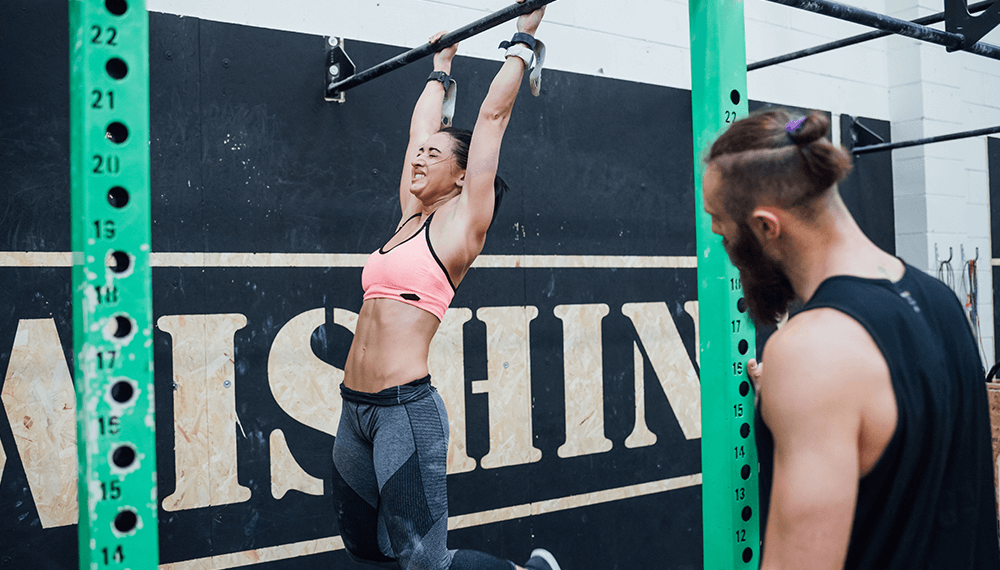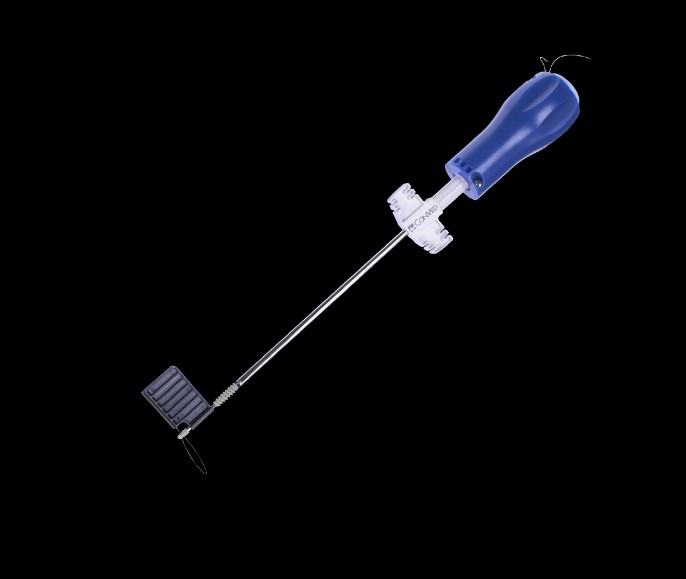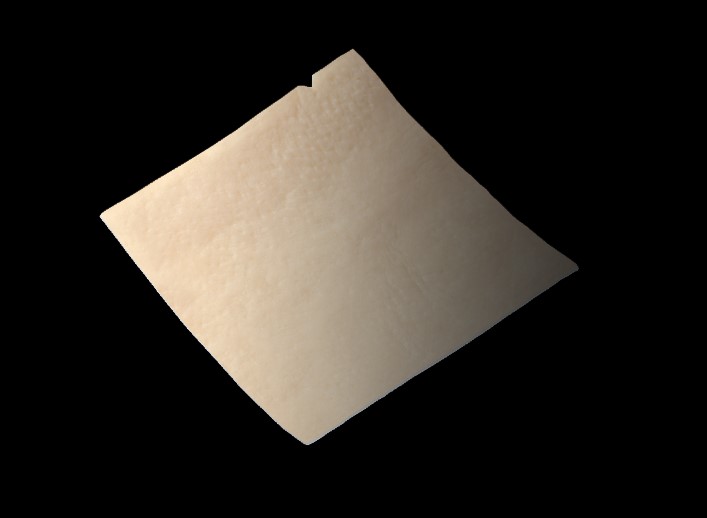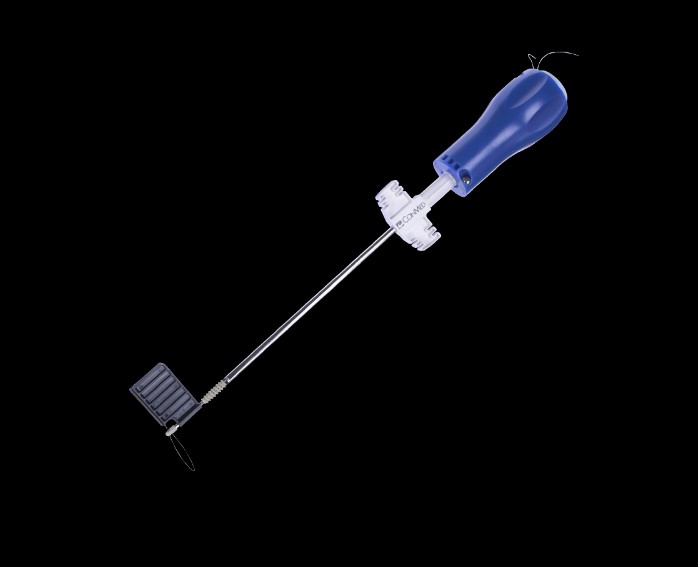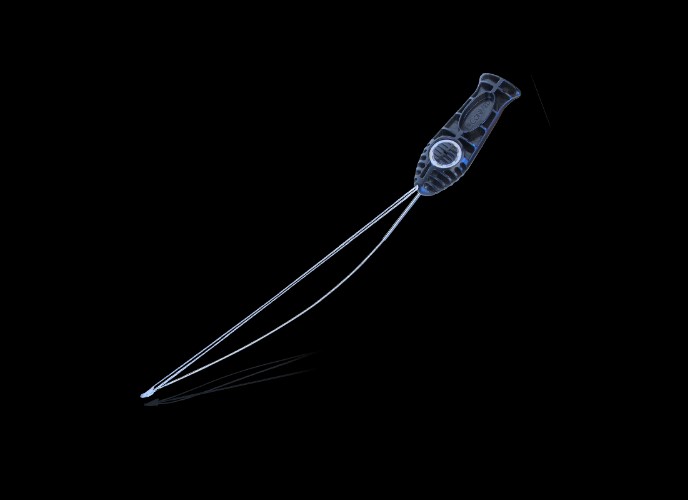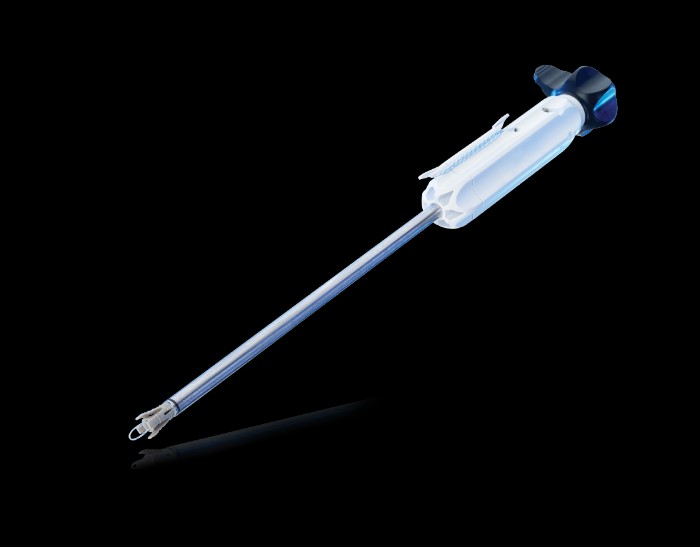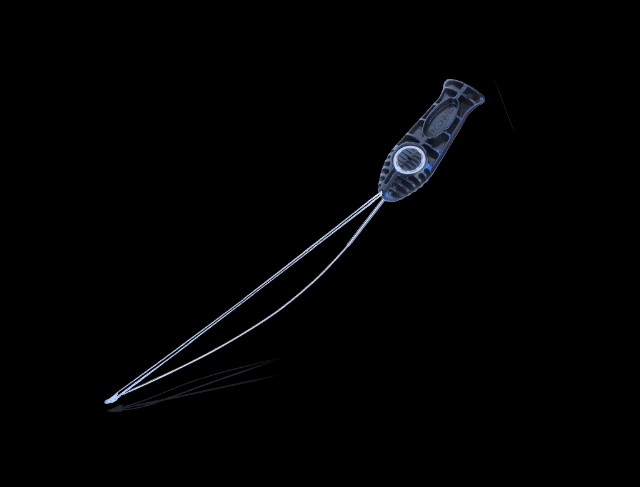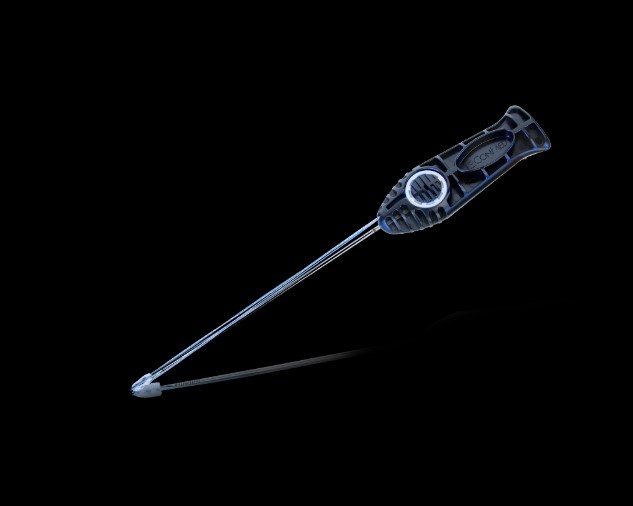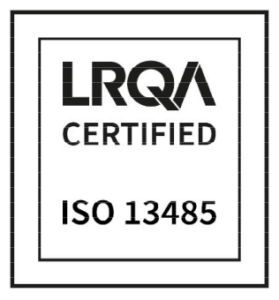Irreparable rotator cuff tears have long been a challenge for orthopedic surgeons and historically have had limited surgical techniques with good clinical outcomes. These types of tears can often result in superior humeral head migration along with pain and limited range of motion for the patient.
This procedure involves use of a graft secured to the glenoid and greater tuberosity to reconstruct the superior capsule, restoring joint function and superior glenohumeral stability. Studies have shown that repairing the superior capsule can significantly improve acromiohumeral distance and ASES scores.1
Clinical studies have shown that ECMs like Allopatch HD® are stronger, exhibiting better suture retention and greater ultimate load failure rates than synthetics and xenografts.2 In addition, Allopatch HD® requires no refrigeration or rehydration and is ready to use off the shelf almost immediately. It’s minimally processed and not crosslinked, which better preserves and maintains the graft’s natural biomechanical, biochemical, and matrix properties.

